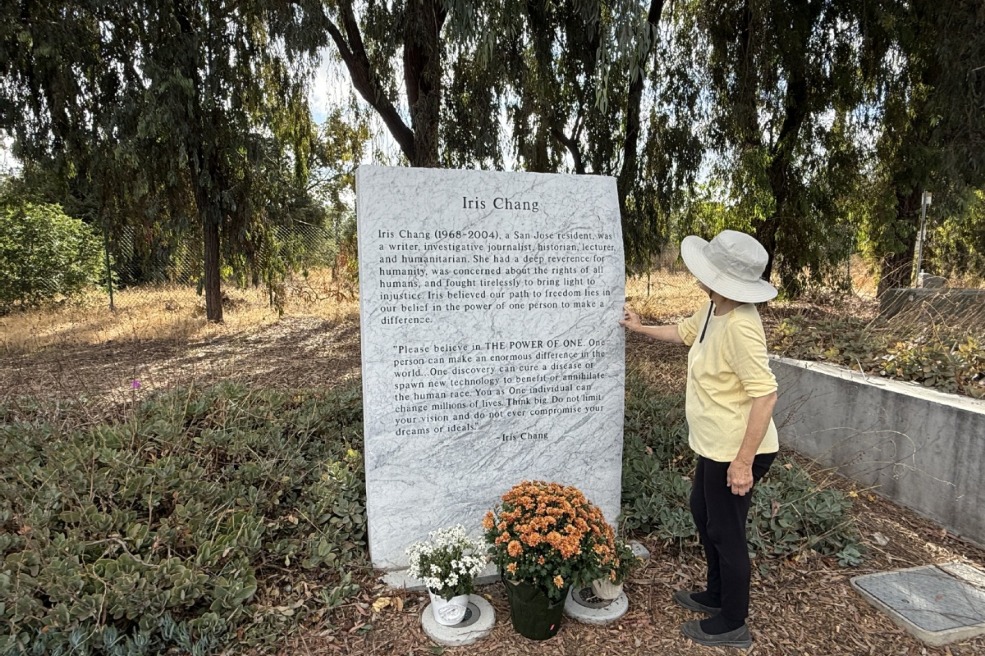A deeper purpose
Questions remain about what the pits uncovered at Sanxingdui were for, and while theories abound, one suggests evidence of a major spiritual reform, Zhao Xu reports.
By ZHAO XU | China Daily | Updated: 2024-04-20 10:19

Months of hard work ensued, during which archaeologists carefully lifted every single artifact out of the ground, before arriving at the bottom of the pit. "By that point, we were finally able to reconstruct the whole burial process, step by step," Ran says.
"First, land was leveled and big holes measuring no more than 2 meters deep were dug. Artifacts were placed inside: pottery first, followed by jade and gold objects, and then by bronzes. On top of these objects, a batch of ivory — around 50 pieces in the case of Pit No 4 — was laid before ash was poured in. When all this was done, the pits were again filled with soil, soil that had previously been removed during the digging of the holes," he says.
"As well as Pit No 4, we have seen the same pattern in other pits, most notably Pit No 3, where nearly 300 bronzes and 50 pieces of jade were found under the weight of more than 120 elephant tusks."
One thing is worth noting: The bronzes and jades, which were undoubtedly ritual wares, had been smashed and burned before they were buried. Red-hot ash resulting from the burning was poured onto the elephant tusks, causing the tusks themselves to be severely burned.
"However, as the clear layering indicates, the burning had been carried out not within the pits, but somewhere else, which supposedly wasn't very far away. The pits were only for burial after the completion of the burning," Ran says. "And the pits were very unlikely to have been created and filled at the same time: On several occasions, a bronze piece unearthed from one pit, a tree branch for example, has been found to be the matching part belonging to another piece uncovered in another pit."
























